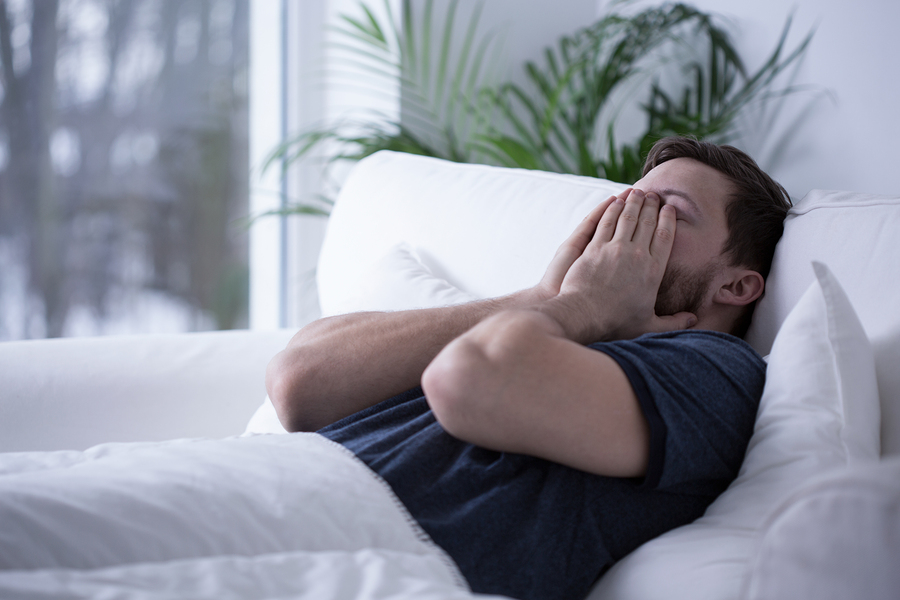- Make It Yourself Lavender Heart-Shaped Bath Bombs!
- 20 Things You Never Knew About “Down There”
- 12 Best Foods For Those Suffering From Arthritis Pain
- 12 Personal Hygiene Mistakes Almost Everyone Makes (Mom Never Told You About #4!)
- 15 Medicinal Plants And Herbs From The Cherokee People
- 12 Mind-Blowing Benefits Of Drinking Coconut Water During Pregnancy
- 12 Outstanding Winter Foods That Won’t Fatten You Up Like A Christmas Turkey
Smartphones Destroy Your Ability To Feel Pleasure

Photo credit: bigstock.com
Poor Sleep
Use of electronic screens before bed can have an incredibly deleterious effect upon your quality of sleep, and smartphones are no exception.
A study conducted by researchers at Michigan State University found that employees who used their smartphones to do work at home after work hours got poorer sleep and were less productive the next day than their colleagues who did not.
It’s no surprise, when you consider the effect the smartphone’s screen has on the brain. Electronic screens emit light from all colors of the visible light spectrum, including blue light. The problem with blue light is that it is found naturally in sunlight, so when you view a smartphone screen late at night, it confuses the brain into thinking that it is daytime. This makes it difficult for the brain to allow you to fall asleep. There’s also the fact that whatever you’re doing on your phone at night will keep you mentally engaged at a time when you should be relaxing and drifting off to sleep.
Decreased Physical Fitness
It may seem counterintuitive that mobile phones can decrease one’s level of physical fitness. By their very definition, mobile phones can be used while moving around, so surely using them wouldn’t be as unhealthy as lounging in front of the TV or hunching over a desktop computer all day. But new research appears to indicate this may indeed be the case.
While yes, smartphones are by their very nature mobile, and yes, they can be used during physical activity like cardiovascular exercise or weight training, that doesn’t necessarily mean that is how most people are using them. Most of the time, people do indeed use them while just sitting down. This contributes to a sedentary lifestyle, and all the health problems that come with it. A study confirmed that students who spent the most time on their phones showed the poorest cardiovascular performance on a treadmill. This does indeed suggest a strong correlation between increased sedentary activity (in this case, mobile phone use) and decreased overall health.
Continue to Page 3
































